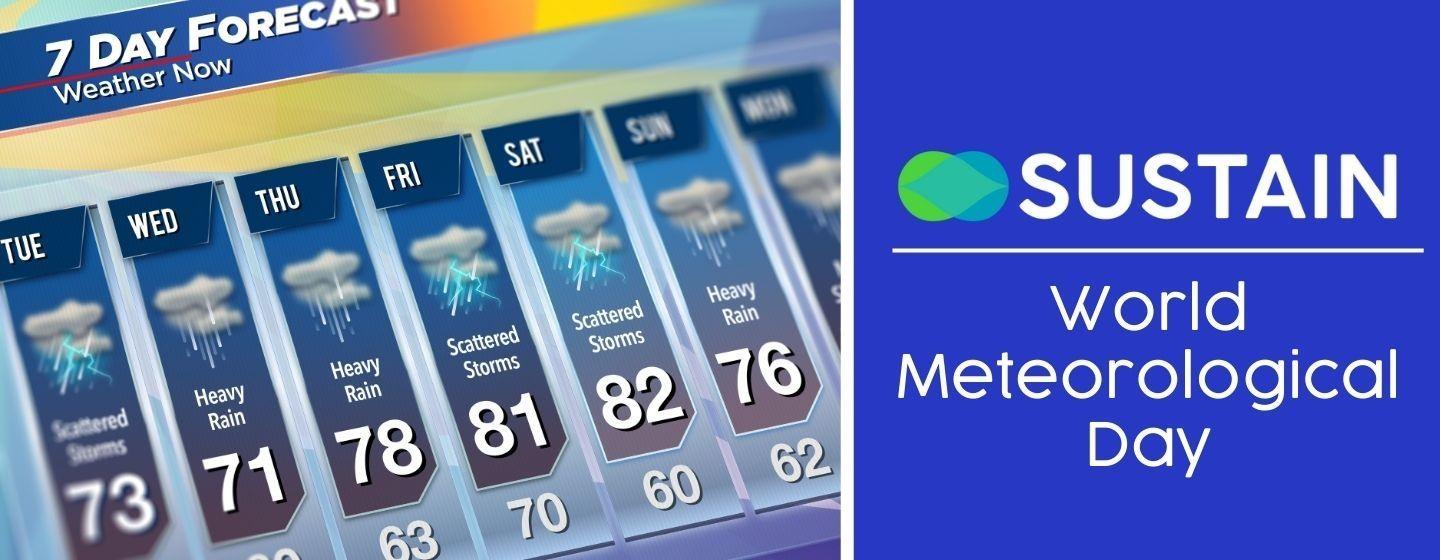World Meteorological Day



Every year on March 23rd, we celebrate World Meteorological Day, a global event highlighting the importance of meteorology and how it impacts our daily lives. From predicting major storms to helping us decide if we need a jacket, meteorology plays a vital role in keeping us safe and informed. But do you know the story behind this special day? Let's take a deep dive into its history, the organization behind it, and the incredible ways meteorology benefits the world.
World Meteorological Day marks the establishment of the World Meteorological Organization (WMO) on March 23, 1950. Each year, the WMO selects a unique theme that reflects a critical meteorological or environmental issue, helping to raise awareness about the impact of weather and climate on society. The 2025 theme is “Closing the Early Warning Gap Together”.
The roots of the World Meteorological Organization trace back to 1873, when the International Meteorological Organization (IMO) was formed. The IMO was an early attempt to standardize weather observations across countries. However, as global cooperation on meteorology became more essential, the IMO evolved into the WMO in 1950 under the United Nations system. Since then, the WMO has played a key role in advancing weather sciences, climate research, and disaster risk reduction worldwide.
The World Meteorological Organization exists to promote international cooperation in understanding and predicting weather, climate, and water resources. It works with 193 member states and territories to:
Essentially, the WMO helps bridge the gap between science and public safety, ensuring that communities worldwide can prepare for and respond to weather-related challenges.
One of the most significant ways the WMO makes a difference is through its Global Framework for Climate Services (GFCS). This initiative helps countries, particularly developing nations, improve their ability to predict and respond to climate-related disasters like hurricanes, floods, and droughts.
For example, in Mozambique, the WMO has worked closely with national meteorological agencies to enhance early warning systems for cyclones. In 2019, when Cyclone Idai struck the region, improved forecasting and communication efforts helped authorities issue warnings in advance, saving countless lives and reducing economic losses.
On March 23rd, as you look at your weather app and decide if it’s a beach day, take a moment to appreciate the science of meteorology. By celebrating World Meteorological Day, we acknowledge the tireless work of scientists, meteorologists, and researchers who help us navigate our ever-changing climate.